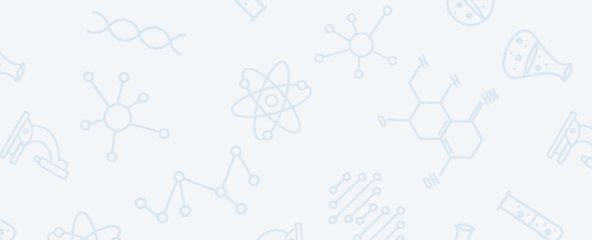
Laura Sanders reports on neuroscience for Science News. She wrote Growth Curve, a blog about the science of raising kids, from 2013 to 2019 and continues to write about child development and parenting from time to time. She earned her Ph.D. in molecular biology from the University of Southern California in Los Angeles, where she studied the nerve cells that compel a fruit fly to perform a dazzling mating dance. Convinced that she was missing some exciting science somewhere, Laura turned her eye toward writing about brains in all shapes and forms. She holds undergraduate degrees in creative writing and biology from Vanderbilt University in Nashville, where she was a National Merit Scholar. Growth Curve, her 2012 series on consciousness and her 2013 article on the dearth of psychiatric drugs have received awards recognizing editorial excellence.

All Stories by Laura Sanders
-
 Brain
BrainWhy teens can’t help tuning out mom’s voice
Teens often tune out what their mom is saying. Normal brain changes during adolescence could explain why, new research shows.
-
 Brain
BrainNodding off may turn your creativity on
In an experiment, people who fell into a shallow sleep were more likely than non-sleepers or deep sleepers to discover a sly math trick.
-
 Health & Medicine
Health & MedicineKids lost more than learning when COVID closed their schools
The first 18 months of the pandemic has already taken a hefty academic and emotional toll on students, new research shows.
-
 Brain
BrainPeople are concerned about tech tinkering with our minds
It’s not science fiction: Science can already eavesdrop on and influence our thoughts. Here’s what our readers think about it.
-
 Brain
BrainNew technology can get inside your head. Are you ready?
New technologies aim to listen to — and maybe even change — your brain activity. But just because scientists can do this, should they?
-
 Animals
AnimalsMice show their feelings on their faces
Pleasure, pain, fear and disgust — all can show on a mouse’s face. As computational analyses show, you just need to know what to look for.
-
 Humans
HumansBrainwaves of people with coarse, curly hair are now less hard to read
Electrodes weren’t designed for people with coarse, curly hair. A redesign was needed, scientists say.
-
 Environment
EnvironmentGreener than burial? Turning human bodies into worm food
Composting human bodies yielded good results — and good soil — in one small study. It could become an alternative to burial or cremation in one state.
-
 Brain
BrainSleep may jumpstart the brain’s power washing system
Waves of fluid wash into the human brain during sleep. That’s good. They just may help clean out toxic proteins.
-
 Animals
AnimalsBreeding has given different dogs distinct brain shapes
An analysis of the shapes of brains in different dog breeds shows how humans have altered the animals’ brain anatomy.
-
 Brain
BrainBrain ‘ripples’ appear just before you remember something
Nerve cells in the brain’s hippocampus, a key memory center, fire together a second or two before people begin to recall an image, data now show.
-
 Brain
BrainRoutine hits in a single football season may harm players’ brains
A group of college football players underwent brain scans after a season of play. The results suggest playing the sport could harm neural signaling.